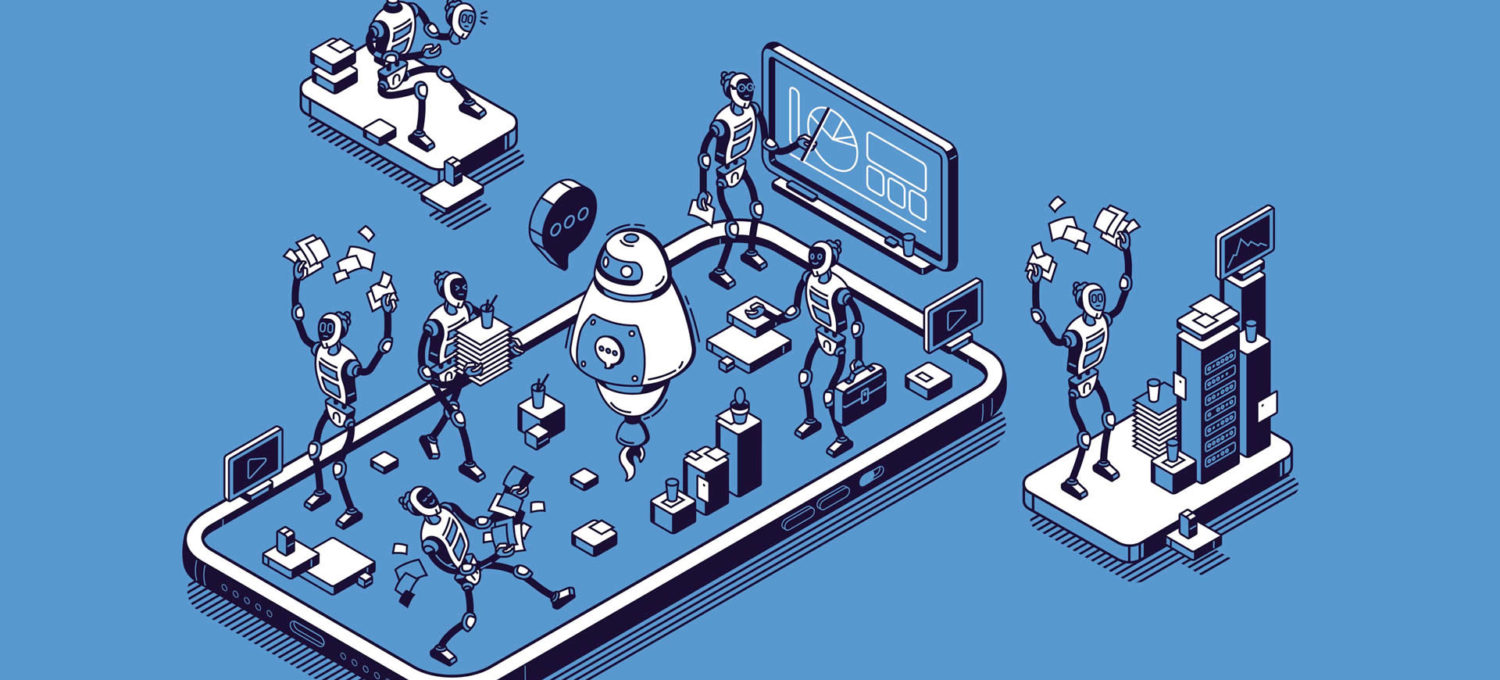Automation has become quite the popular term and concept in manufacturing, transport, information, and information technologies as it has the potential to radically change the course of a business.
However, as the automation levels increase, the manufacturing processes also require major changes. If they’re not done correctly or at the right time, such changes have the potential to disrupt the company’s success.
This is why working out a good automation strategy and having proper implementation ahead of time is key to achieving success.
In this article, we go through certain aspects that can help your efforts to shape a solid approach to automation and give you and a framework idea to efficiently automating your computer numerical control (CNC) machines.
Guiding Approach to Automation
 When we speak about metalworking and machining applications, at first usually automation looks like an excellent idea. CNC machining is used to create all sorts of products. Even if you need some milling parts like mold components, or plastic and metal valves, you can use this process to make them.
When we speak about metalworking and machining applications, at first usually automation looks like an excellent idea. CNC machining is used to create all sorts of products. Even if you need some milling parts like mold components, or plastic and metal valves, you can use this process to make them.
It can indeed be quite expensive if you want to upgrade machine tools to more sophisticated CNC equipment to assist automation. However, as new techniques are presented to us and technology becomes widely used, automation is seen by companies as the most normal response to the changing market.
To achieve full automation, a more detailed and comprehensive approach must be envisioned ahead of time. And there’s plenty of work required when drawing a long-term plan for full automation.
In addition to that, there are also expenses attached and therefore a proactive approach to automation is essential. Ultimately, it will reduce the risks for errors, high expenses, and slip-ups in the manufacturing process.
The role of your workers
Besides being proactive in the automation process and planning how to fully automate your CNC machines, you must also carefully think about your workers’ roles.
The first main responsibility you have is to train them adequately in geometric code (G-code) and CNC programming and ensure that you have properly trained programmers to oversee and manage the entire production line. Quality assurance officers and designers also play an important role in a fully automated manufacturing center and laying these roles correctly and in advance will push your company to transform into a fully automated enterprise.
Prepare your processes for automation
When you’re sure that your processes are well-grounded, automation will accentuate and improve them. If you fail at this, then you could get overwhelmed with inconsistent results and bad performance later on.
Product design, testing, g-code programming, QA, sales are all CNC processes and by upgrading your equipment, having trained workers, you will ensure that your operations are ready for automation.
Environment control
Automated machining entails more than just allowing a CNC machine to execute a program. Full automation calls for a series of operations on one or more parts rather than just one lengthy operation. To attain this level of automation, machine shops must control the production process as well as the environment.
This means that the thermal buildup should be controlled. When using manual tools, machine operators can adjust to those changes in the course of operation but in a closed-loop system, any changes must be minimized and in that way eliminate the need to compensate.
Necessary tools to achieve complete automation
Several machine tool builders offer CNC milling machines and different machine tools that are said to realize full automation. But still, the machines are only part of what a manufacturer truly needs.
CNC processes that are fully automated need a combination of software capable of producing very complex and intricate CNC programming.
Having a fully automated CNC program that meets all of the parameters we discussed without any manual intervention would need programming that would take too much time to complete manually. The software would be needed in the programming stage.
Final thoughts
By looking at all the above-mentioned requirements, it’s easy to understand that fully automated systems are very complex. This doesn’t mean that one should turn away from advanced machining automation.
On the contrary, operators just have to be careful and consider what is the best time and most appropriate manner to increase their CNC machines’ current level of automation. Ultimately, the most important thing is for manufacturers to be able to safely produce goods with the same process each time, all while improving cost-effectiveness and efficiency.
Planning and resource management will give higher and stable quality of automation, operational excellence. In turn, the fast and reliable services will supply customers with the right parts and make you successful and profitable.
Images by VectorArt / Opt Lasers

